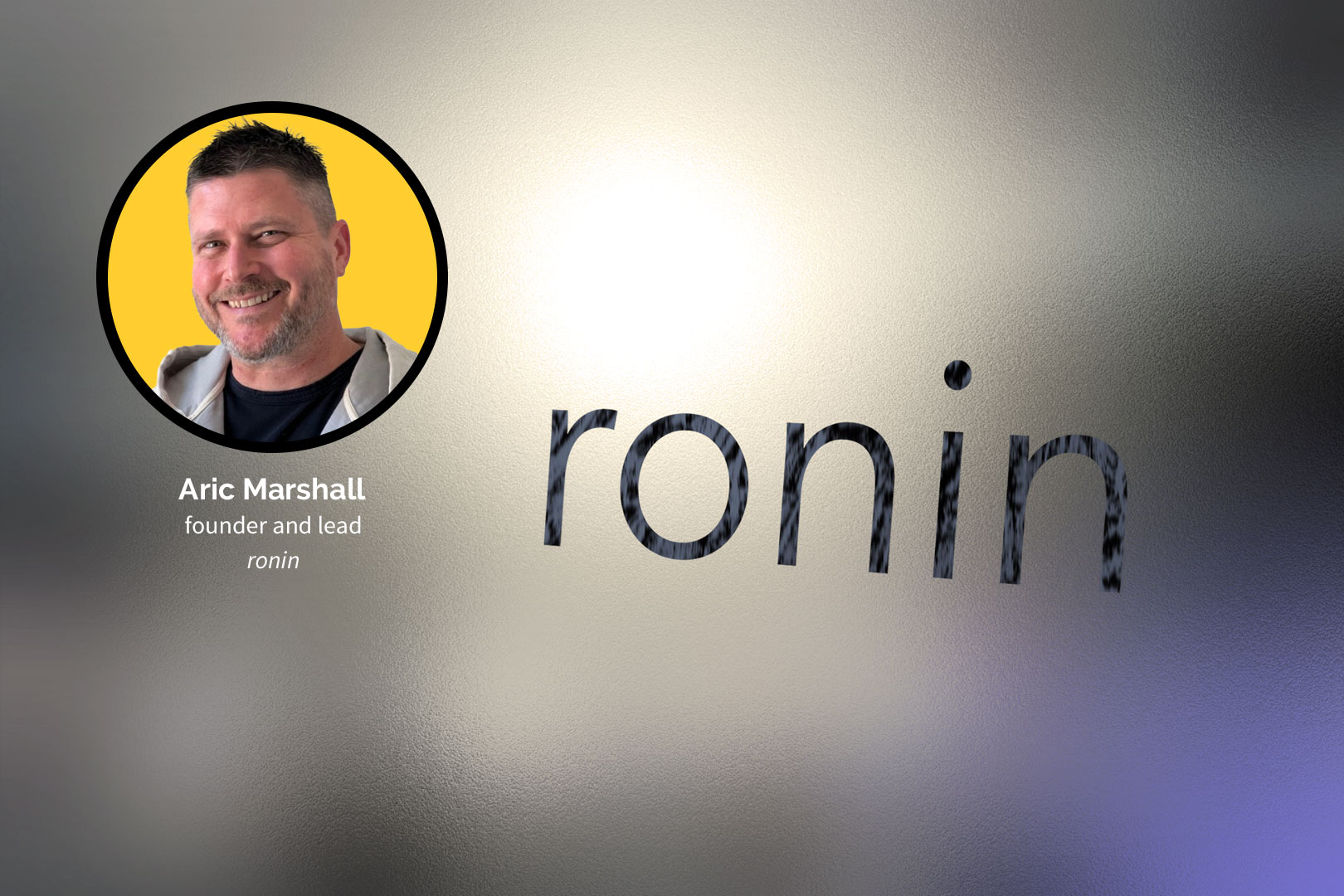Slow Growth Meets Market Turbulence
Opportunities in a slow growth/high volatility investment world…
We all know the proverb about the three blind men and an elephant, in which the blind men come to completely different conclusions about the elephant’s characteristics because of their limited perspectives. So what happens when the three blind men perfectly describe the entire elephant? Call me crazy, but I am going to tell you that it is, in fact, an elephant.
When three market sages with different training and varying vantage points happen to be seeing and describing the same tectonic shift in different ways, it’s time to take note. Bill Gross; legendary bond investor, Francois Trahan; renowned stock market strategist, and Lawrence Summers; accomplished government policy maker, all have indicated that there is a significant economic shift in the offing that may change the nature of investing for years to come. My investment perspective, informed by thirty years of fundamental and quantitative investing and economic analysis, generally agrees with their shared conclusions.
This tectonic shift is likely to include slow growth, low investment returns, and higher volatility due to “boom and bust” cycles. As investors, we need to modify our playbook to prepare for this economic shift.
Facing a New Reality in Investment Management
- Low returns and high volatility — Lower long-term returns are nearly a mathematical certainty at this point, and bouts of volatility typically coincide with low returns, particularly when excess liquidity is chasing returns in various markets. It is highly unlikely that the high stock and bond returns of the past 40 years will persist into the future.
- Boom and bust cycles will prevail — the combination of low returns and high volatility will likely lead to an investment paradigm shift from “buy and hold” investing to “boom and bust” investing. Strong and sustainable sources of economic growth are becoming more and more elusive. The last two business cycles—the dot com bubble and the real estate bubble—both ended in busts.
- Investors must be more nimble, active, and diversified —with the correct strategy going forward, investors may still be able to achieve solid returns by tending to their investments more often and more actively.
Bonds: You Might Find Your Returns on Mars
A recent article entitled “Bon Appetite” by Bill Gross at Janus Capital, has been getting a lot of attention. In this report, he convincingly argues that investors are spoiled by declining interest rates and the corresponding impact on equities over the past 40 years. He calls this recent period an outlier and claims the odds of a repeat period are more likely to occur on Mars than on Earth. Mr. Gross implies that for bond investors to duplicate the historical returns they have seen over the past 40 years, the math dictates that interest rates would have to drop to approximately -17% (yes, that’s a negative sign)!
This fundamental disconnect in the math behind bond returns forces us to accept a new reality. If you believe bonds will supply the solid, steady return that we’ve all grown to love, you also have to believe that your kids will be investing in a government bond with a -15% yield. In short, it makes little mathematical sense to believe bonds will deliver gains on par with the past. If you can hitch a ride to Mars, all bets are off.
The bottom line is that investors need to get used to lower total returns from their investments. Gross’s outlook points to annualized fixed income (bond) returns in the range of 1.5-3% going forward, with the impact on principal from rising rates being offset by higher coupon payments.
Equities: Ground Control to Major Tom
Equities have spent the last forty years launching into the stratosphere, but the ship is now experiencing some technical difficulties. Forecasting the equity market (stocks) is always bit trickier than bonds because variables such as future earnings, productivity, earnings multiples, and risk aversion affect their long-range potential. That said, these variables tend to suggest that investors should expect equity returns of 4.5-6%.
Francois Trahan has been ranked the top strategist by Institutional Investor in 10 of the past 11 years. The only way to get such accolades in this industry is to be right more often than wrong. He recently asked us, in a May 11, 2016 conference call, to consider the possibility that the era of “buy and hold” investing is past its prime, and that we are moving to “boom and bust” investing. Mr. Trahan added that this call may be his most important of the last 10 years. He also stressed that the one thing investors need to hear is… markets may be moving from a long-held “buy and hold” mentality to a new “boom and bust” paradigm, which may last for a very long time.
Mr. Trahan’s call is significant, because it will impact the returns of savers and investors for the next generation and perhaps beyond. Investment returns can have a self-fulfilling effect on the overall economy – in both directions. The Fed and other global Central Banks have made that exact bet with their fire hoses of liquidity provided through QE (Quantitative Easing) to increase the impact of the wealth effect on the economy. Imagine the ramifications if that self-fulfilling effect starts to work in the other direction? Think Japan (we will be thinking more on that in our next letter). Paradigm shifts normally unfold very slowly, but it is better to accept the new reality early, rather than late.
Secular Stagnation: The Same View from a Different Bridge
If Trahan’s outlook is correct, we might expect to see persistently weak and disappointing economic growth as a precondition to a “boom and bust.” Well, both of the last two business cycles have ended in busts—dotcom and real estate—and since the financial crisis, the economy has only grown at about half of its long-term rate despite unprecedented amounts of monetary stimulus.
Here again, skilled policy makers are taking note of the new environment. The economic backdrop that leads to “boom and bust” cycles is what Lawrence Summers, former Treasury Secretary, terms “secular stagnation”. Too much savings supply and not enough product demand for those savings is the dynamic that produces secular stagnation. Low product demand leads to slow revenue growth, lower overall economic growth, and correspondingly low levels of capital expenditure. Rising demand is required for a virtuous economic cycle. Absent strong contributions from government, economies can and often do stall or stagnate for long periods. (More on the combined responsibility of this phenomenon will be discussed in my upcoming blogs). Interestingly, the International Monetary Fund weighed in on the subject and fundamentally agreed with Summers’ secular stagnation thesis.
So What?
When forecasters and market strategists decide on the amount of stocks and bonds investors should hold, they all tend to look at similar historical data. The more data the better, as statisticians like to say! If we go back far enough in time, we see that stocks tend to return 9-10% and bonds return 5-6% over the long run.
However, the basic math points to future returns that are much lower than past returns. Extrapolating on Gross’s bond return forecast and the equity return expectation detailed above, a typical, diversified buy-and-hold investor could expect a long-term return of approximately 3-4%. The outlook for buy and hold investing, a successful strategy over the past 40 years, is in a word… sobering.
The problem with allocating capital based on high long-term, historical returns is that the analysis masks some very weak market regimes on the way to these high returns. For example, there have been a number of times when stocks declined for ten- and twenty-year periods. Throughout history, Sometimes stocks recouped their losses in a matter of months. Other times, getting back above water took years, or even decades. There have been periods of very high volatility with little return (“boom and bust”), and periods with very high returns and low volatility (recent history).
During these long stretches of low returns with high volatility, “buy and hold” investors felt all of the risk of the market’s ups and downs for decades, but had nothing to show for it. Even more damaging, many investors lost patience with their long-term strategy at the worst possible time, and sold their holdings at market lows.
In that same “boom and bust” environment, investors had tremendous opportunities to improve their returns if they realized, early on, that fleeting gains would be followed by substantial downturns. Francois Trahan’s work demonstrated that “boom and bust” investment cycles are actually more common than the era of “buy and hold” that seems normal to most of us after enjoying the last forty years of outsized gains. That observation was likely an eye-opener for many younger professional investors on the call.
The starting point for the recent period of unprecedented gains was the high interest rates and inflation of the late 1970s. The Federal Reserve, led by the strong hand of Paul Volcker, finally did the hard work of killing inflation, unleashing an era of relative prosperity and rising asset prices. No such catalyst exists for the markets today, understanding that the Fed, which is the preeminent market force throughout history, is holding interest rates near zero. The Fed is not in a position to give another forty-year gift to the markets.
We believe that “boom and bust” is where we currently find ourselves within the long-term investment cycle. The quicker we forget about a “buy and hold” investing strategy in this environment, the better off we will be.
This “paradigm shift” will be the basis for our first seminar series – “Opportunities in a slow growth/high volatility world”. Future blogs will expand on and continue to examine the causes of a “boom and bust” investment world and the best ways to profit. I will dig deeper into the outlook for slower growth, and take a deep dive into the preconditions for more volatility going forward.
Here’s to being early instead of late and being more right than wrong.
Questions and Answers
Isn’t calling paradigm shifts risky?
When it comes to forecasting paradigm shifts in investment approaches, three axioms reign supreme:
- There are many more false alarms than actual signals—a well known industry anecdote says economists “accurately” forecasted eleven of the past three recessions.
- If the relevant data and indicators consistently disprove your view, it might be time to change your view.
- In those rare occasions when a shift is actually taking place, it is better to be early than late.
Do you think things are really going to get that bad?
Our outlook is not a doomsday call in any way, shape, or form. I am not suggesting that we are about to revisit the Great Financial Crisis of 2008-09. The coming “boom and bust” strategy shift can be better described as a carry-over effect of our last Great Financial Crisis and the choices our politicians and central bankers made to deal with it. The booms and busts can be much less dramatic than the Great Financial Crisis or the Great Depression.
If this is a “call to arms” in anyway, it is a call to be realistic about the world in which we live, and make personal choices to better our situations and remove unnecessary risks. We actually see meaningful opportunities to improve returns in the current “boom and bust” environment.
Is Mr. Summers alone in believing that we are entering a period of structural stagnation?
Summers and the IMF are not alone in recognizing that we are entering a period of structural stagnation. Many hedge funds are already positioned for such an outcome. Key signs of this symptom are weak organic revenue growth, manufactured earnings growth, and stock buybacks funded by earnings that have been artificially inflated through increased borrowing at artificially suppressed interest rates.
How does all this “boom and bust” and secular stagnation play out together?
We will likely see lower-than-expected global economic growth lead to low stock and bond returns. With lower levels of economic growth, held back by lower levels of growth in the labor pool and lower productivity, we will have lower returns. This will lead to growing debt.
What is the risk of sticking to a “buy and hold” strategy?
The big risk would be having little return for any level of risk taking. The even bigger risk to “buy and hold” investors is that they end up selling at the wrong time, just as the markets find their pain point. This happens every cycle.
How will we know if “boom and bust” cycles aren’t in our future?
We return to a period of organic revenue growth, not just earnings growth. We will see revenues growing at higher levels, increased stability, and declining debt levels. Increased Cap-Ex spending and rising demand would be a clear indication that “boom and bust” had transformed into more sustainable growth trends.
What are the risks of a “boom and bust” cycle?
Our biggest risk is that the first leg is a “boom” and we are relatively under weighted equities. We see this risk to be manageable, particularly given the current high level of valuations for stocks and lack of clear room for meaningful appreciation.
Where are the opportunities?
…Smart rebalancing, tactical asset allocation, and active managers aligned with their investors would all present significant opportunities to boost returns in a “boom and bust” cycle. This approach could help to achieve higher than “buy and hold” equity-only returns with much less volatility. The results could lead to marginally higher returns with moderately lower risk and much better sleep, despite the noise of a low return/high volatility world.
CUTTING THROUGH THE NOISE – A Financial Blog by Will Martin, CFA




